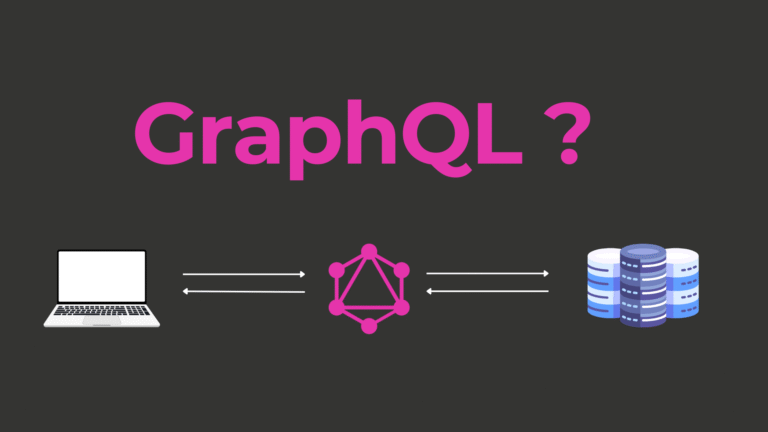Streamline Your Frontend with Svelte: Features, Benefits, and Getting Started

Front-end development is continuously evolving, making the choice of tools and frameworks crucial for developers. Enter Svelte, a relatively new but powerful player in the JavaScript ecosystem. With its unique approach to building web applications, Svelte has caught the attention of web developers worldwide. But what exactly is Svelte, and why is it worth considering? This blog will cover everything you need to know about Svelte, its features, use cases, how to get started, and more.
What Is Svelte?
Svelte is an open-source JavaScript framework used for building user interfaces. Created by Rich Harris in 2016, Svelte introduces a novel methodology to front-end development by eliminating the virtual DOM that frameworks like React and Vue rely on. Instead, Svelte shifts much of the work to compile time, creating highly-optimised JavaScript code that updates the DOM when changes occur.
To put it simply, Svelte takes your app’s components and compiles them into imperative, browser-friendly JavaScript at build time. This ensures smaller bundle sizes, faster page loads, and improved runtime performance—all key aspects for modern web development.
Features of Svelte
Svelte’s popularity doesn’t come out of nowhere. Its feature set provides developers with several advantages:
1. No Virtual DOM
Unlike other frameworks that rely on diffing and updating a virtual DOM, Svelte eliminates this layer altogether. This results in performance benefits, especially for applications with dynamic or complex UIs.
2. Reactive Declarations
Svelte makes reactivity simple and intuitive. Instead of using hooks or additional boilerplate, you can declare reactive variables with straightforward syntax.
“`javascript
let count = 0;
$: doubled = count * 2;
“`
Here, `doubled` automatically updates whenever `count` changes.
Built-in API
Svelte offers a rich set of built-in features like transitions, animations, and scoped styles. These eliminate the need for external dependencies when adding interactivity or customising the design.
Compile-Time Optimisation
Svelte performs most of its crunching at compile time. This creates a lightweight production bundle optimised for your users’ browsers.
Smaller Bundle Sizes
Thanks to its compile-first approach, Svelte produces leaner bundles that result in quicker page loads and less network overhead.
Scoped CSS
Styles in Svelte are scoped to the component by default, preventing unwanted side effects and making it easier to manage styling.
Ease of Use
Svelte’s syntax is simple and resembles plain JavaScript, HTML, and CSS. This reduces the learning curve for developers, particularly those familiar with existing front-end technologies.
Use Cases for Svelte
Svelte is designed to accommodate a wide range of projects. Some common use cases include:
- Single Page Applications (SPAs): With its fast rendering and excellent performance, Svelte works well for SPAs requiring dynamic interactions.
- Progressive Web Apps (PWAs): Svelte ensures responsive and lightweight PWAs optimised for mobile devices.
- Web Components: Svelte simplifies the creation of reusable and standalone Web Components.
- Dashboards and Data Visualisation: Its reactive programming model makes managing data-heavy UI elements a breeze.
- Content-Focused Websites: Build fast-loading blogs, portfolio sites, or corporate pages with Svelte’s optimised output.
Whether you’re handling complex UIs or creating minimalist designs, Svelte’s adaptability makes it a strong candidate for diverse web applications.
Getting Started with Svelte
Here’s a quick guide to get you up and running with Svelte:
Installation
To create a new Svelte project, you’ll first need Node.js installed on your system. Then, run the following commands:
1. Create a new Svelte application:
“`bash
npx degit sveltejs/template my-svelte-app
cd my-svelte-app
“`
2. Install dependencies:
“`bash
npm install
“`
3. Start the development server:
“`bash
npm run dev
“`
Your Svelte app will now be running locally on http://localhost:5000.
A Simple Example
Here’s what a simple Svelte component looks like:
`App.svelte`
“`html
<script>
let name = 'World';
</script>
<style>
h1 {
color: #ff3e00;
}
</style>
<h1>Hello {name}!</h1>
<input bind:value={name} placeholder="Enter your name" />
“`
This snippet demonstrates how straightforward state management and dynamic interactions are in Svelte.
Pros and Cons of Svelte
Pros
- High-performance runtime without virtual DOM overhead
- Beginner-friendly syntax similar to plain JavaScript and HTML
- Smaller bundle sizes and faster load times
- Comprehensive built-in features, such as animations and scoped CSS
- Active and growing community support
Cons
- Smaller ecosystem than competitors like React and Vue
- Limited third-party library support compared to older frameworks
- Less job market demand (though this is changing as adoption grows)
Real-World Applications of Svelte
Svelte isn’t just for learning—it’s being used effectively in the real world. Notable examples include:
- The New York Times: Their front-end team has utilised Svelte for high-performance interactive graphics.
- GoDaddy: The popular web hosting company uses Svelte in parts of its user-facing interface.
- Aether: An open-source app for decentralised social networking, built using Svelte.
Tips for Using Svelte Effectively
- Plan Your Components: Svelte encourages a more modular approach to development. Structure your components logically to ensure readability and maintainability.
- Leverage Built-In Features: Avoid integrating extra libraries unless absolutely necessary—Svelte offers out-of-the-box transitions, animations, and reactive features.
- Follow the Documentation: Svelte’s official documentation is well-organised and frequently updated. Use it as your go-to resource.
Additional Resources for Learning Svelte
To master Svelte, consider exploring these resources:
Official Documentation: https://svelte.dev
- Svelte Tutorial: Svelte REPL for interactive learning.
- Courses: Platforms like Udemy and Frontend Masters offer dedicated Svelte tutorials.
- Community: Join forums like Reddit or the Svelte Discord channel to connect with fellow developers.
Final thought : Make Your Web Development Seamless with Svelte
If you’re looking to streamline your front-end development workflow while achieving remarkable performance, Svelte is a game-changer. Its innovative compile-time approach, ease of use, and versatility make it a compelling choice for both small projects and large-scale applications.
Give Svelte a try today, and unlock a new level of efficiency in your front-end development process.



